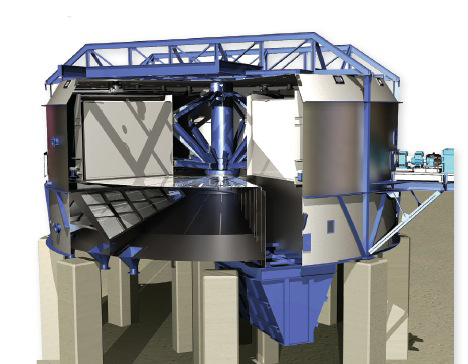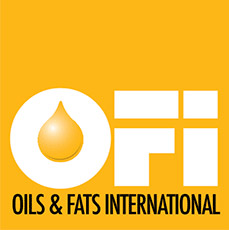Here is how the REFLEX® works
Material mixed with miscella is slurry-fed into the rotating baskets - Extraction starts immediately.
After the initial slurry feed, the bed of material is continuously washed with countercurrent stages of miscella. Totally sealed basket dividers ensure each miscella stage flows through the proper basket of material.
Totally sealed basket dividers allow the entire bed of material in the extraction zone to be thoroughly soaked in miscella. This minimizes inactive time between miscella stages and maximizes contact time. Since the miscella has more contact time to penetrate the flake than in shallow bed designs, thicker flakes can be used to achieve desired residual oil.
Maximum Material - Miscella Contact
Contact time is the single most important factor for the efficient solvent extraction of vegetable oils. To maximize contact time, the REFLEX’s sealed divider design enables the oilseed material to be completely surrounded with miscella from the time it enters the extractor until the extraction cycle is complete. Only a sealed divider design can do this.
Savings on Seed Preparation
The REFLEX® Extractor, with sealed divider design, accepts thicker flakes than shallow bed or conveyor designs when processing soybeans. Flakes at least 25% thicker can be processed.
This results in lower power and maintenance costs in seed preparation. The savings in seed preparation alone could easily
pay for the REFLEX ® over its life cycle.
Self-Cleaning Screen
The REFLEX® Extractor has patented screen technology at the base of the material bed to allow miscella to freely pass through while supporting the material above. The proprietary screen profile allows the screen to wear for many years with no change in slot width. The slot width allows optimum drainage without fine material plugging the slots. Solvent drainage remains constant over time because the baskets continuously move over the screen to keep it clean.
This design allows consistently low solvent carryover in spent material going to the desolventizer, thus saving steam energy. This design is a dramatic improvement over hinged bottom-type extractors where the material does not move with respect to the screen surface, causing frequent blinded screens and drainage problems.
Savings - Extractor Pumps
The REFLEX® uses fewer miscella stage pumps than shal-low bed designs.
Since the REFLEX® has the industry’s highest volume to surface area ratio, the miscella flow required to soak the material during the long contact time is minimized.
Savings - Extractor Drive
The REFLEX® uses 25-50% less horsepower than other designs, lowering your electric costs. This is possible because most of the material weight is picked up by the REFLEX® divider side walls which in turn transfer the load to the vertical rotating spindle. The spindle is supported directly by a bottom thrust bearing so even the largest model REFLEX® uses very little installed power.
Retrofits for existing extractors
The Proven Solution:
SCBS (Stationary Cell Bottom Screen) for Rotocel extractor and RBBS (Rotating Basket Bottom Screen) for Stationary Basket extractors
Benefits of the Reflex® technology
- Improved reliability
- Improved process results

